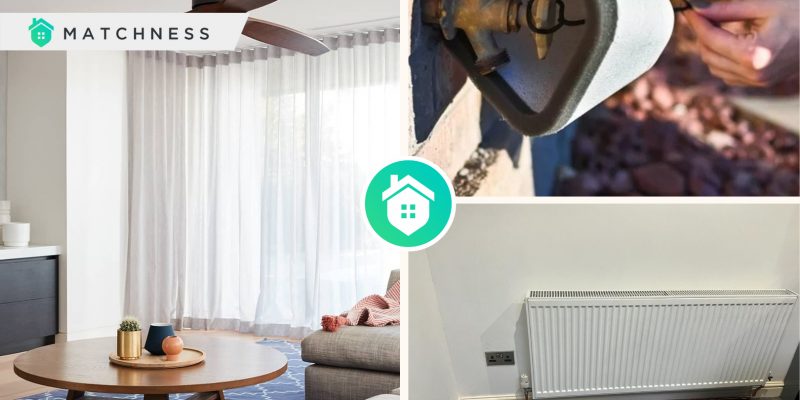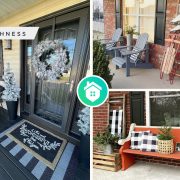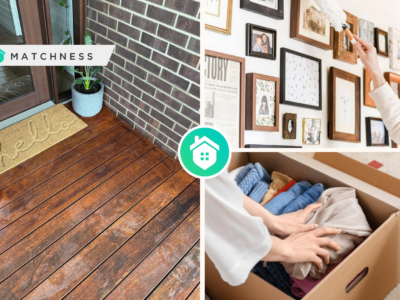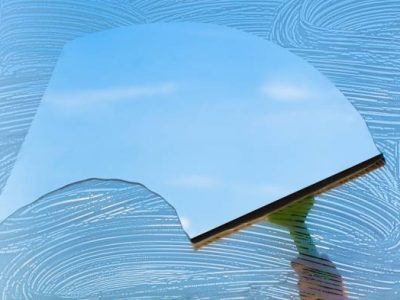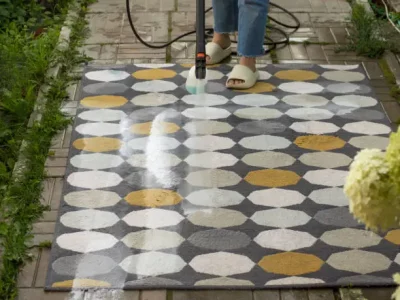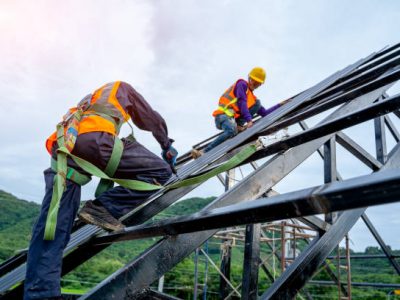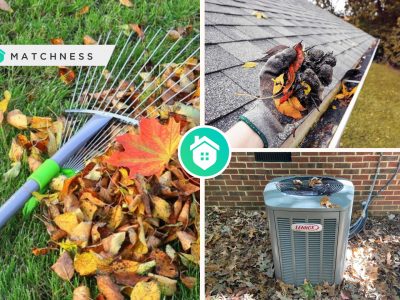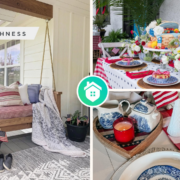As the winter season approaches, preparing your home to withstand cold temperatures, ice, and snow becomes essential to ensure comfort and safety. Winterizing your home not only helps protect it from the harsh conditions but also improves energy efficiency, reducing heating costs. Failing to winterize can lead to unexpected repairs and higher utility bills, so taking preventative steps now is well worth the investment.
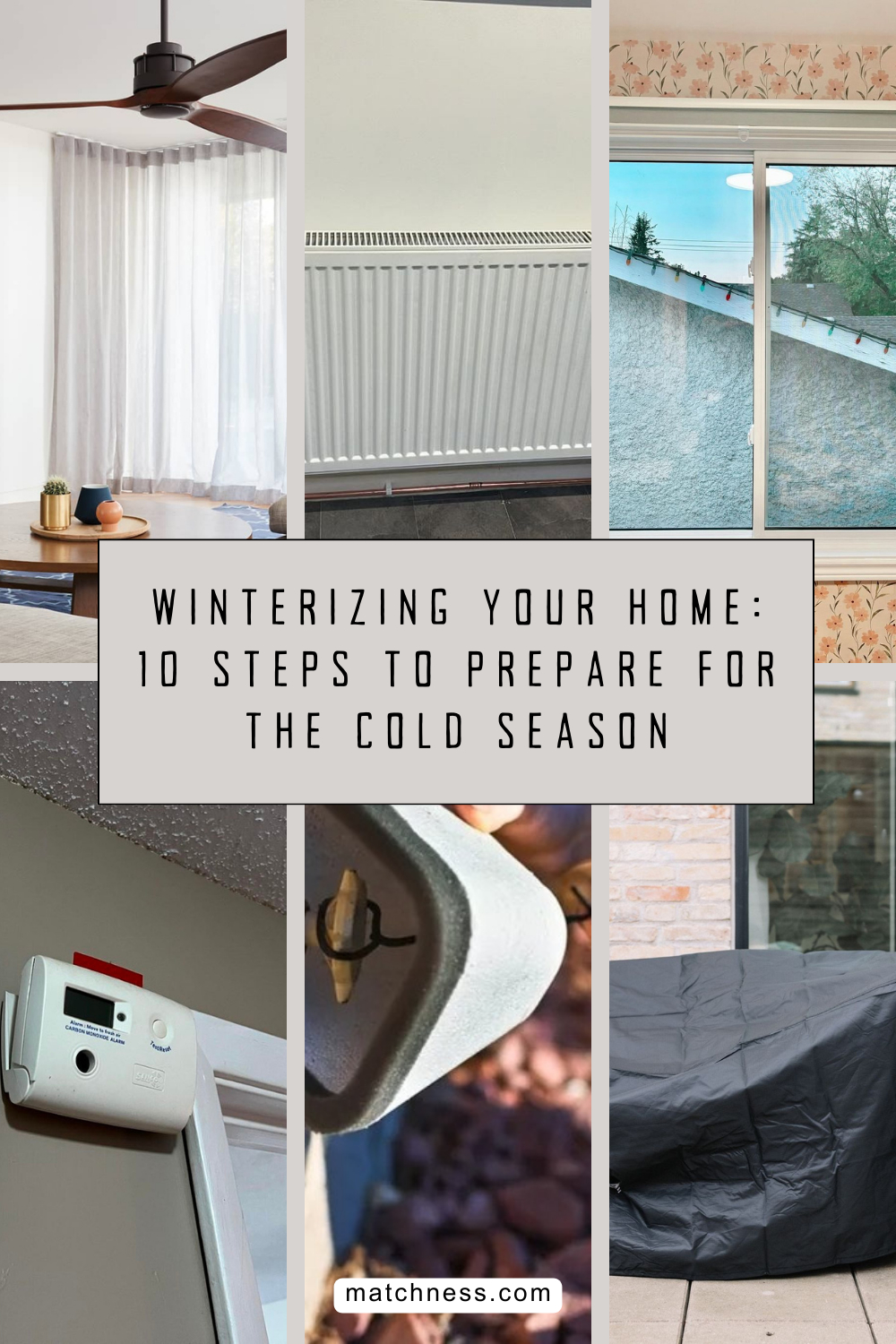
A winter-ready home is about more than just warmth; it’s about safeguarding your living space, preventing damage, and maintaining an efficient, comfortable environment. In this article, we’ll discuss ten practical ways to winterize your home, from insulation and weatherproofing to furnace maintenance. By following these tips, you can enjoy a cozy, energy-efficient home throughout the cold season.
Seal Gaps and Cracks Around Doors and Windows
One of the primary sources of heat loss in a home is through small cracks and gaps around doors and windows. Cold air infiltrates these openings, making it harder for your heating system to maintain a consistent indoor temperature. To address this, inspect the frames around windows and doors for any gaps. Use weatherstripping or caulking to seal these areas, ensuring that no cold air enters and no warm air escapes. Additionally, consider installing door sweeps to prevent drafts from entering under exterior doors.
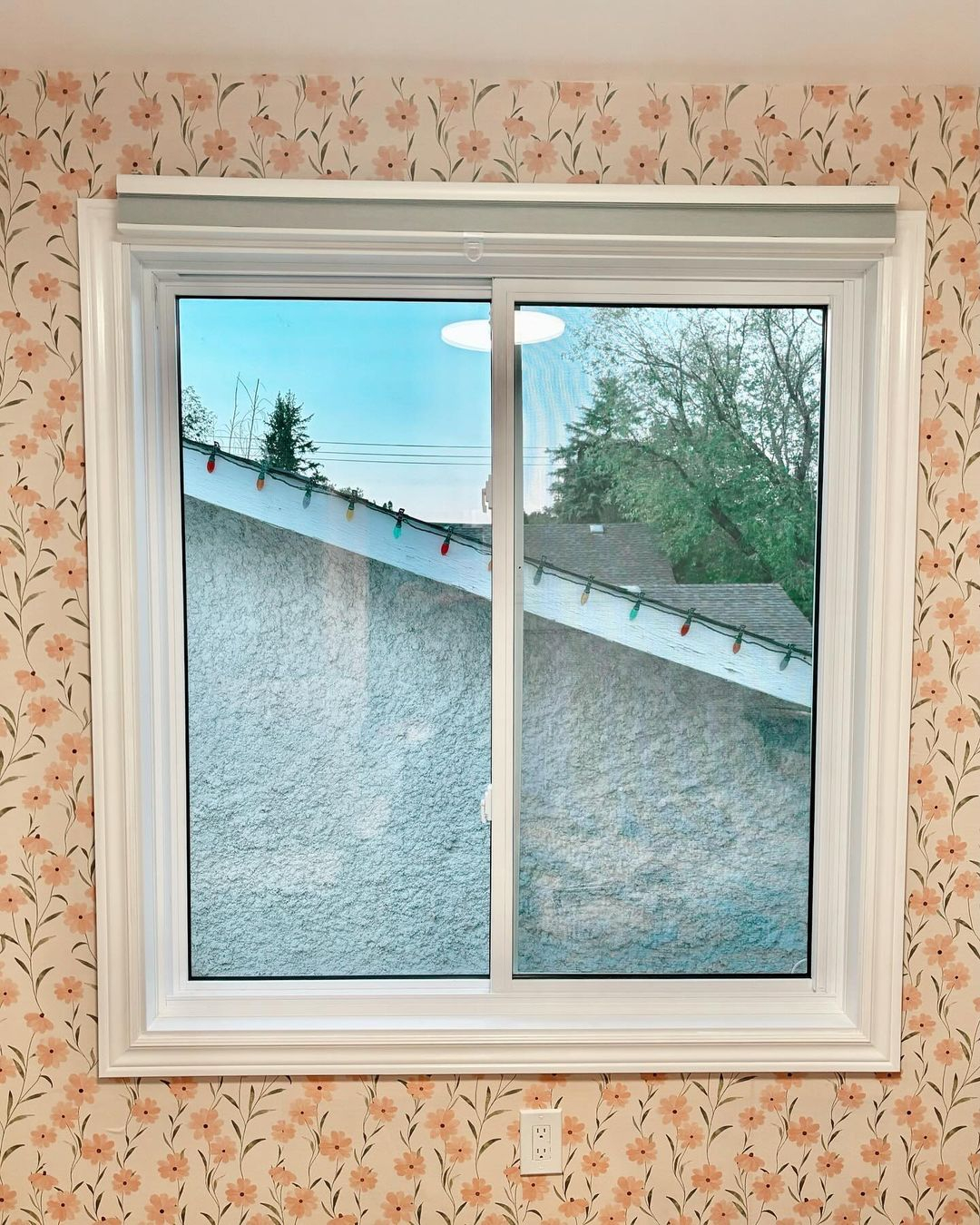
Installing weatherstripping on the window is an important task before winter. Weatherstripping helps to seal any gaps or cracks around the window frame, preventing cold air from entering and warm air from escaping. Weatherstripping for window from @northendweatherstrippingwpg
Add or Upgrade Insulation in Key Areas
Proper insulation is critical in preventing heat loss, especially in areas like the attic, walls, and basement. Heat naturally rises, so a poorly insulated attic can lead to significant energy waste. Insulation in the attic and crawl spaces helps keep warm air inside, improving the home’s energy efficiency. If your insulation is outdated or insufficient, adding more can make a noticeable difference in comfort and heating costs. Look for insulation with a high R-value, as this indicates better insulating effectiveness.
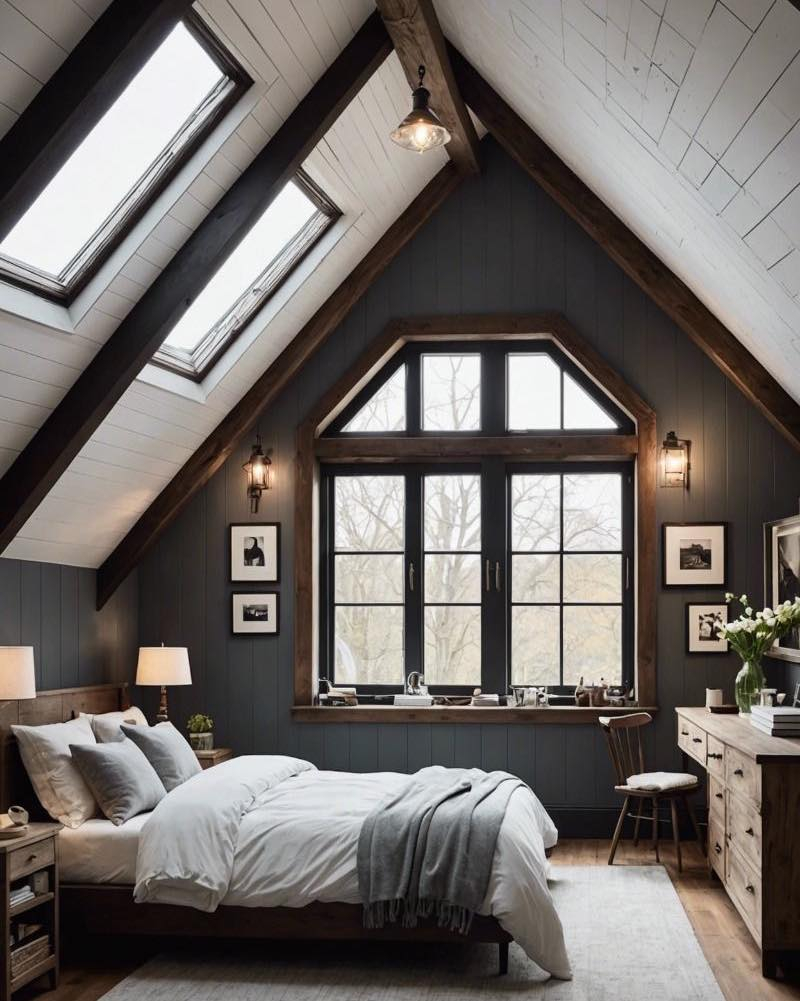
Winterize your attic by adding insulation to keep heat from escaping and prevent ice dams from forming on your roof. This will help lower your energy bills and protect your home from potential damage during the colder months. Attic insulation from @atticpros
Service and Inspect the Heating System
A well-maintained heating system is vital for a comfortable winter. Schedule an annual inspection with a professional HVAC technician to check for any issues, such as dirty filters, leaks, or faulty components. A tune-up ensures that the furnace or heat pump operates at maximum efficiency, which can reduce energy costs and prevent breakdowns in the middle of winter. Consider replacing air filters every 1–3 months to keep the system running smoothly and improve indoor air quality.
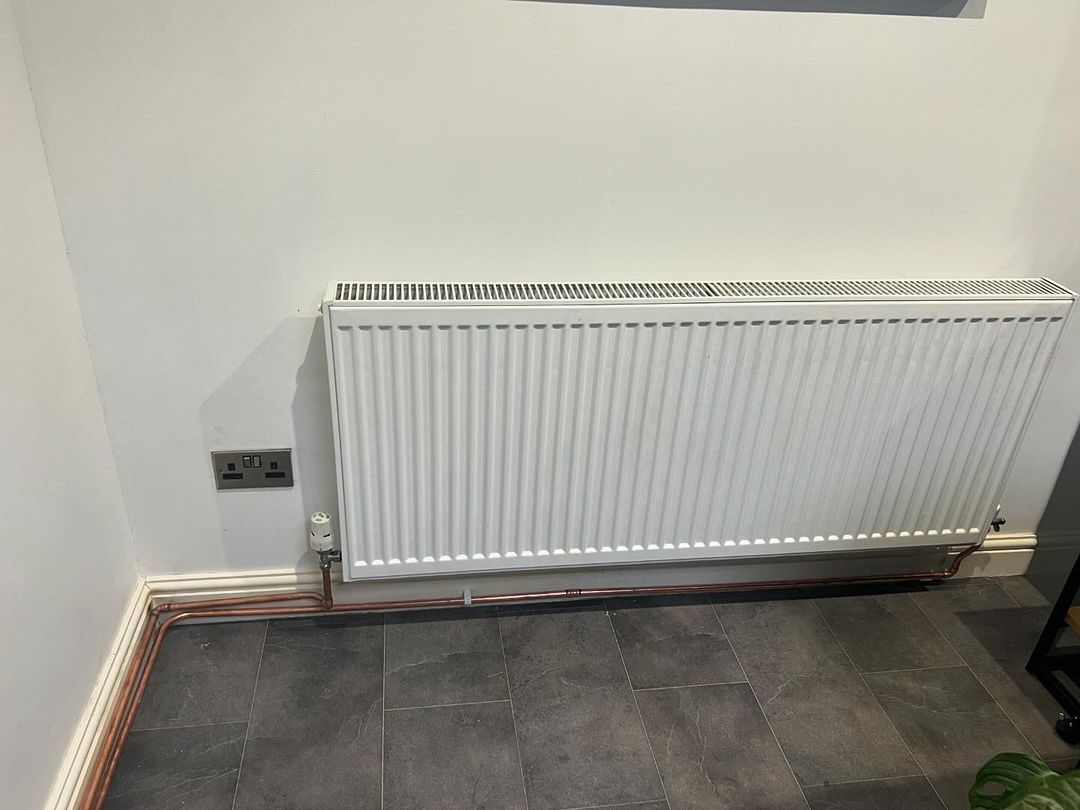
Let’s prepare your heating system as soon as possible to face the winter. You can schedule a maintenance check with a professional technician to ensure everything is in working order. This will help prevent any unexpected breakdowns during the colder months. Heating system for winter from @gjplumbing_1
Inspect and Clean Gutters and Downspouts
Clogged gutters and downspouts can lead to water buildup, which may freeze and create ice dams on your roof. Ice dams can cause leaks, damage to shingles, and even structural issues. Before winter sets in, clean out all debris from gutters and ensure that water flows freely through downspouts. Consider installing gutter guards to prevent leaves and debris from accumulating throughout the season, reducing the risk of ice dams.

By cleaning the gutters, you can prevent ice dams from causing water damage to your home and ensure proper drainage during winter storms. You can do it yourself or ask for professional help to ensure it is done correctly and efficiently. Gutter cleaning from @nassauroofersinc
Protect Outdoor Faucets and Pipes
Freezing temperatures can cause pipes to burst, leading to costly water damage and repairs. To protect your plumbing, drain and turn off any outdoor faucets or hoses. This will help prevent water from freezing inside the pipes and causing them to burst. Additionally, insulating exposed pipes in unheated areas of your home can also help prevent freezing and potential damage. You can use pipe insulation sleeves. These are affordable and easy to install, providing a layer of protection against freezing temperatures.
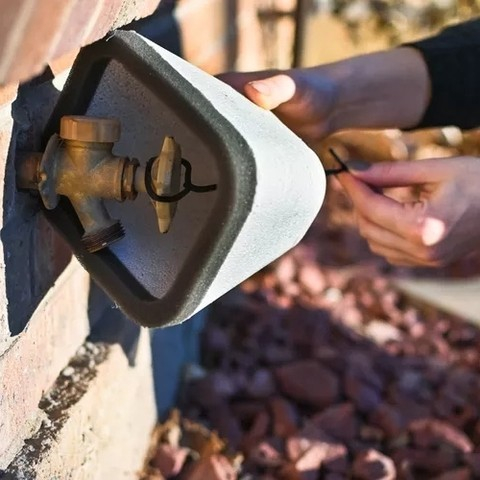
In addition to disconnecting hoses, you can protect your outdoor faucet with a cover. It will help prevent freezing during the winter months and extend the lifespan of your faucet. Outdoor faucet cover from @virginiadurhamrealestate
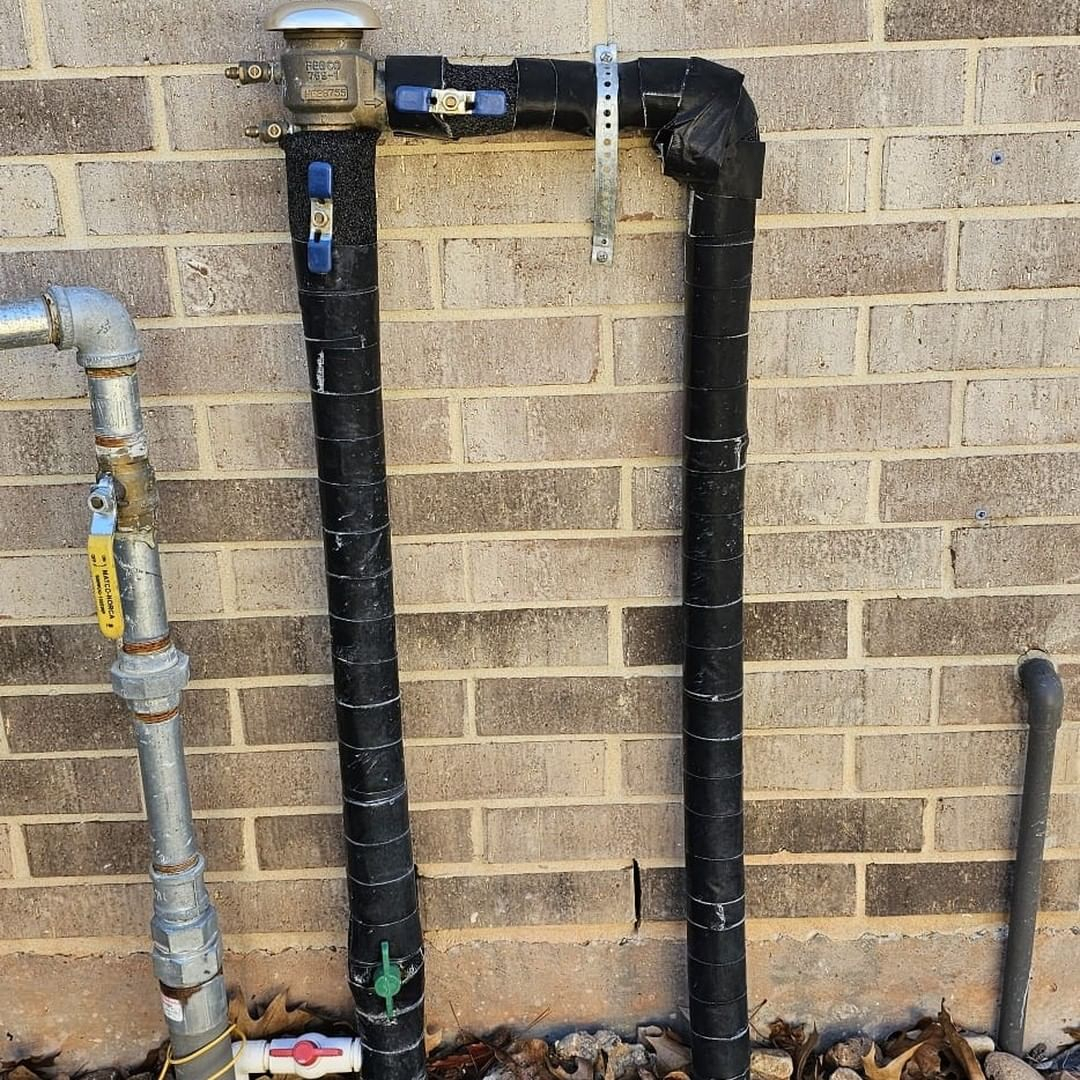
Additionally, insulating any exposed pipes can further protect against cold temperatures and potential damage. This extra step will provide an added layer of protection and help ensure your outdoor plumbing remains in good condition. Pipe sleeves from @axelawnservices
Reverse Ceiling Fan Direction for Better Air Circulation
Ceiling fans are often overlooked when it comes to winterization, but they can help keep your home warmer. By reversing the direction of your ceiling fan to spin clockwise, the fan pushes warm air down from the ceiling back into the room. This is especially useful in rooms with high ceilings, where warm air tends to rise and stay near the ceiling. Running the fan at a low speed in the clockwise direction helps to distribute warm air more evenly and may reduce heating costs.

Put your ceiling fan in winter mode by reversing the direction of the blades. This will help circulate warm air throughout the room, making it feel more comfortable during colder months. Ceiling fan from @beaconlighting
Check Smoke and Carbon Monoxide Detectors
Winter often means an increased use of heating appliances, which can raise the risk of carbon monoxide buildup or house fires. Ensuring that your smoke detectors and carbon monoxide detectors are in working order is essential for safety. Test each detector and replace batteries as needed. If your detectors are over ten years old, consider replacing them to ensure optimal functionality. Installing detectors on each level of the home, particularly near bedrooms, provides added peace of mind during the winter months.
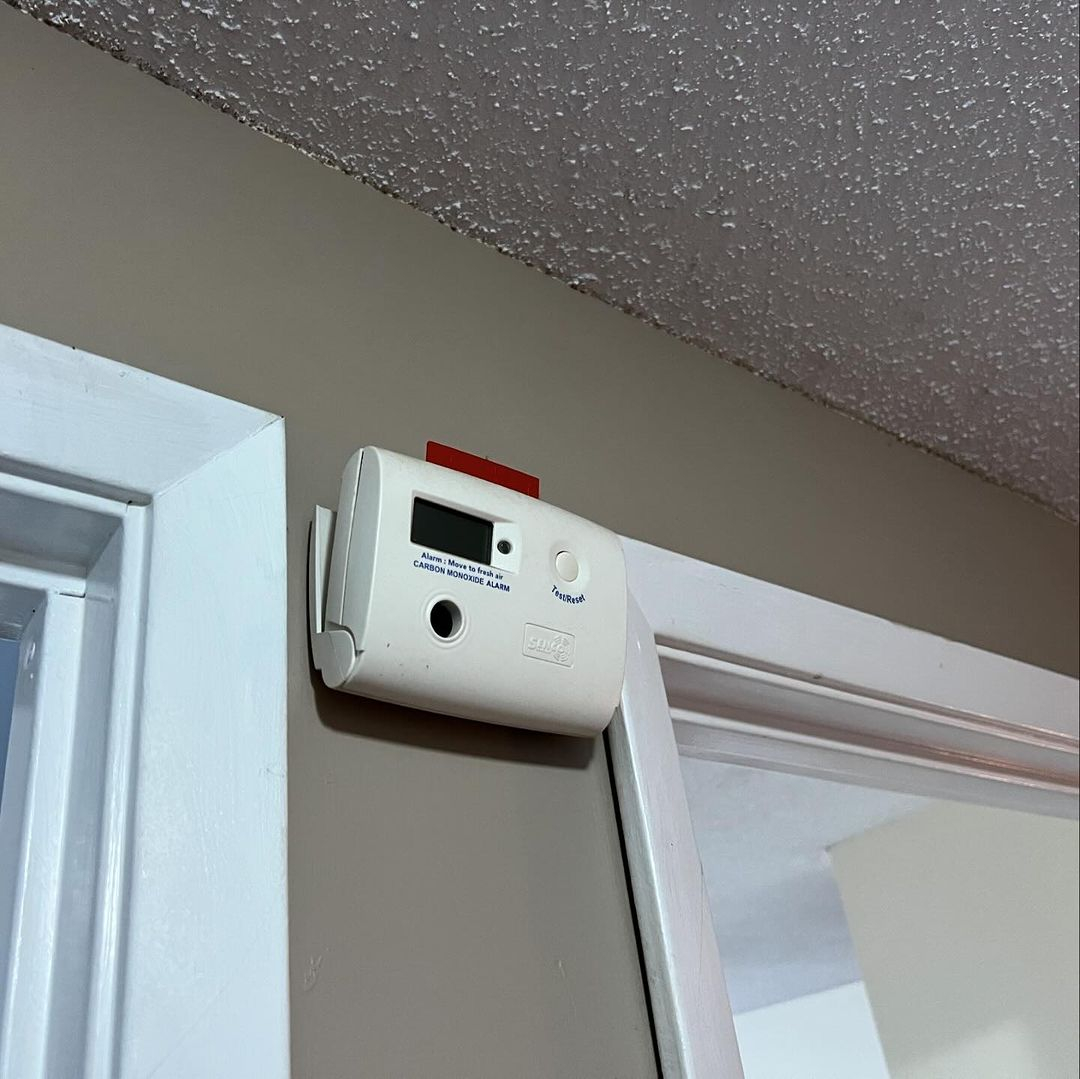
Make sure your smoke and carbon monoxide alarm works well to face the winter. You can test and change the battery if needed. Carbon monoxide alarm from @cherryhomeinspections
Cover and Store Outdoor Furniture
Outdoor furniture and equipment can become damaged by ice, snow, and cold temperatures. To protect these items, store what you can in a garage or shed. For items that must remain outside, invest in weatherproof covers designed to shield against snow and rain. Covering furniture, grills, and other outdoor equipment helps extend their lifespan and reduces the need for costly replacements in the spring.

Covering your outdoor furniture is part of winterizing your patio or deck. It helps protect your furniture from the elements and extends its lifespan. Outdoor furniture cover from @balconylivingcph
Maintain the Chimney and Fireplace
If your home has a fireplace, maintaining the chimney is essential for safe and efficient use. Have your chimney cleaned and inspected by a professional before using it for the season. This helps remove creosote buildup, which can become a fire hazard. Additionally, ensure the flue is working correctly to keep cold air out when the fireplace isn’t in use. Installing glass doors on the fireplace can also reduce heat loss and increase energy efficiency.

You can ask a professional to clean your fireplace and chimney. In winterizing your home, this is an important step to ensure safety and efficiency when using your fireplace during the colder month. Fireplace and chimney cleaning from @safehomechimney
Provide A Winter Emergency Kit
Furthermore, a winter emergency kit is essential to prepare your home for cold-weather emergencies. It will ensure you stay safe and warm during unexpected winter storms or power outages. Key items to include are extra blankets, warm clothing, and sleeping bags to help retain body heat if the heating system fails. Non-perishable foods and bottled water should be stocked for several days. Flashlights, batteries, and candles can provide light when power is out, and a battery-powered or hand-crank radio will keep you informed of weather updates and emergency information.
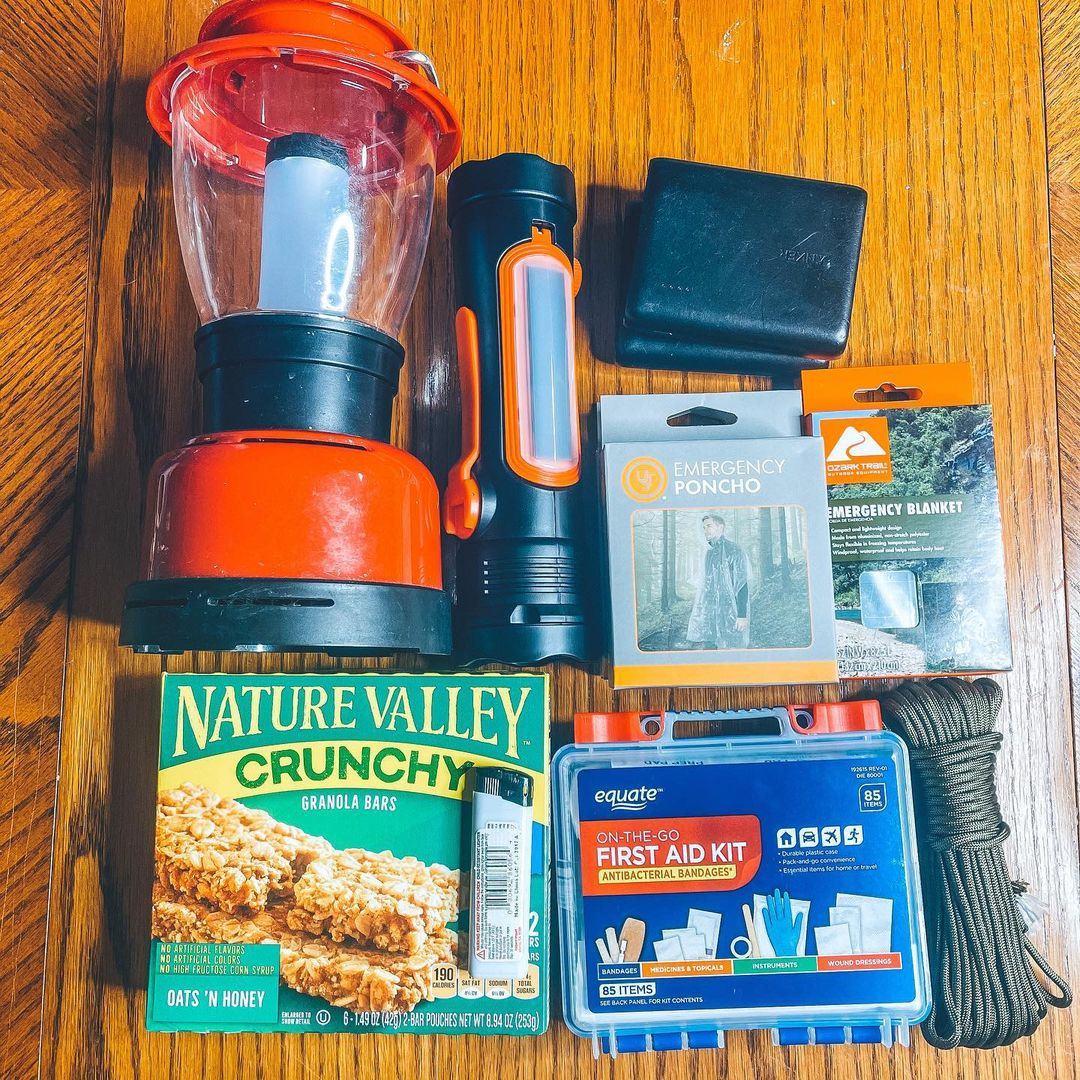
This winter emergency kit consists of a flashlight, batteries, blankets, non-perishable food, rope, and a first aid kit. It is important to keep these items in your home in case of a breakdown or emergency during cold weather. Winter emergency kit from @tobriarvale
By following these steps, you can ensure that your home is well-prepared for the winter months and avoid any potential issues that may arise due to the cold weather. Taking the time to winterize your home now can save you time, money, and stress in the long run.


